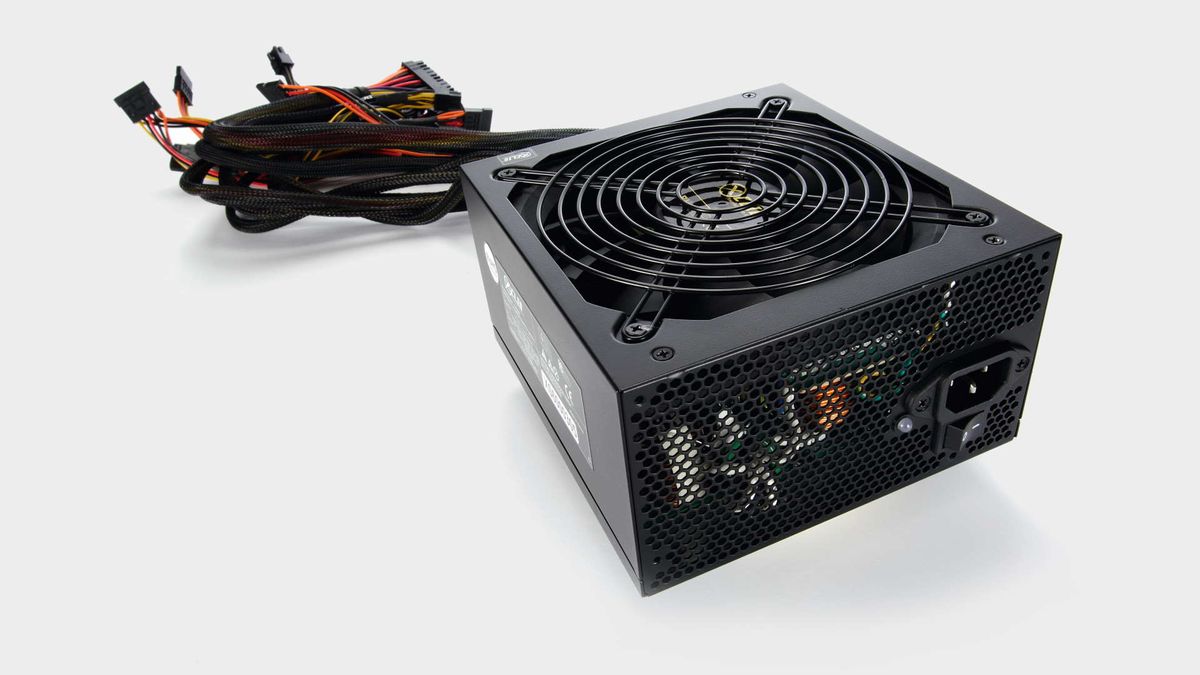Wattage
The wattage of a PSU determines how much power it can deliver to your system. It’s crucial to choose a PSU techme.club/ with adequate wattage to support your components, including the CPU, GPU, and any overclocking you plan to do.
Efficiency Rating
PSU efficiency is rated using the 80 Plus certification system, which indicates how efficiently the PSU converts AC power to DC power. Higher efficiency ratings result in lower energy consumption and less heat generation.
Form Factor
PSUs come in various form factors, such as ATX, SFX, and TFX, to fit different computer cases. Ensure that the PSU you choose is compatible with your case’s form factor and dimensions.
Connectors and Cables
Consider the number and types of connectors and cables provided by the PSU, ensuring compatibility with your components. Modular PSUs offer flexibility by allowing you to connect only the cables you need, reducing clutter and improving airflow.
Modular vs. Non-Modular PSUs
Modular PSUs allow you to detach unused cables, whereas non-modular PSUs come with fixed cables. While modular PSUs offer better cable management, they tend to be more expensive.
Brand and Reliability
Choose a reputable PSU brand known for reliability and quality. Avoid cheap, generic PSUs, as they may lack essential safety features and fail prematurely, risking damage to your components.
PSU Types: ATX, SFX, TFX, and Others
PSUs come in various form factors to accommodate different case sizes and configurations. The most common types include ATX (Advanced Technology Extended), SFX (Small Form Factor), and TFX (Thin Form Factor).
Understanding PSU Efficiency Ratings: 80 Plus Certification
The 80 Plus certification system categorizes PSUs based on their efficiency levels, ranging from Standard (80 Plus) to Titanium (80 Plus Titanium). Higher certification levels indicate greater efficiency and energy savings.
Impact of PSU Efficiency on Energy Consumption and Heat Generation
An efficient PSU not only reduces your electricity bills but also produces less heat, resulting in quieter operation and improved system thermals. This is particularly beneficial for high-performance systems and environments with limited airflow.
Overclocking and PSU Requirements
Overclocking your CPU or GPU increases their power consumption, requiring a PSU with higher wattage and stability to support the increased load. Ensure that your PSU can handle the additional power demands without compromising stability or efficiency.
Common PSU Myths Debunked
“Higher Wattage Means Better Performance”
While it’s essential to choose a PSU with sufficient wattage for your components, higher wattage doesn’t necessarily translate to better performance. Focus on factors like efficiency, reliability, and compatibility rather than just raw power output.
“All PSUs Are the Same”
PSUs vary significantly in quality, efficiency, and features. Investing in a high-quality PSU from a reputable brand ensures stable and reliable power delivery, protecting your components from potential damage.
“PSU Efficiency Doesn’t Matter”
PSU efficiency directly impacts energy consumption, heat generation, and overall system stability. Opting for a more efficient PSU not only saves you money in the long run but also contributes to a greener and quieter computing experience.
Importance of PSU Cable Management for Airflow and Aesthetics
Proper cable management not only improves airflow within your case but also enhances the aesthetics of your build. Modular PSUs allow for cleaner cable routing, reducing clutter and maximizing airflow for better cooling performance.
PSU Safety Features and Protections
Quality PSUs come with built-in safety features such as overvoltage protection, short circuit protection, and overcurrent protection, safeguarding your components from potential damage due to electrical faults or power surges.
Upgrading Your PSU: When and How
If you’re upgrading your computer’s components or experiencing stability issues, consider upgrading your PSU to ensure compatibility and adequate power delivery. Follow manufacturer guidelines and best practices for installing and configuring your new PSU.
Best Practices for Installing a PSU
When installing a PSU, ensure proper ventilation and clearance within your case to prevent overheating. Securely mount the PSU in the designated location, and route cables neatly to minimize clutter and improve airflow.



